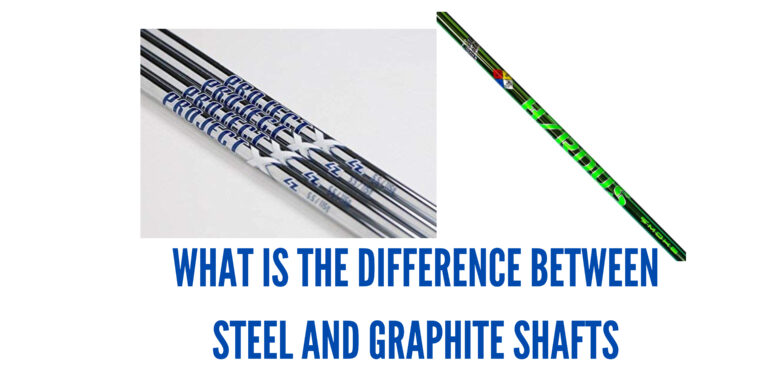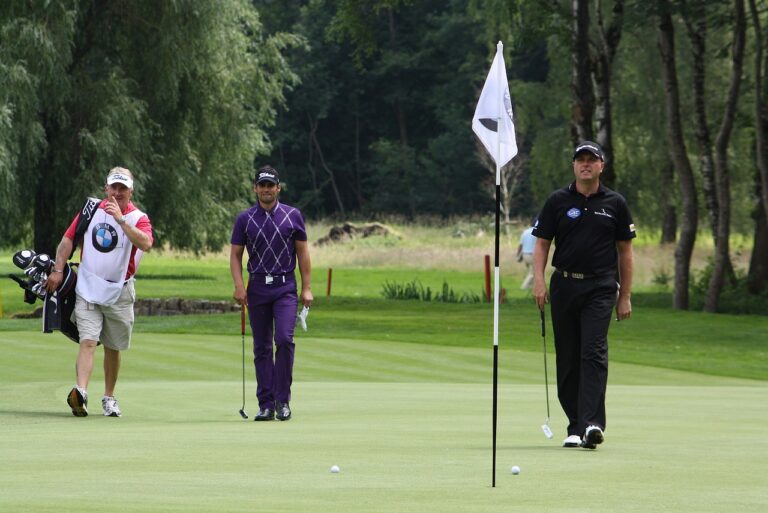How Do I Know What Golf Clubs to Buy?
Are you new to the world of golf or looking to upgrade your golf clubs? Choosing the right golf clubs can greatly impact your game and overall experience on the course. But with so many options available, it can be overwhelming to know where to start.
In this comprehensive guide, we’ll walk you through everything you need to know about buying golf clubs, from understanding the different types of clubs to selecting the right fit for your swing style and skill level. So let’s dive in and answer the question, “How do I know what golf clubs to buy?”
How Do I Know What Golf Clubs to Buy? The Basics
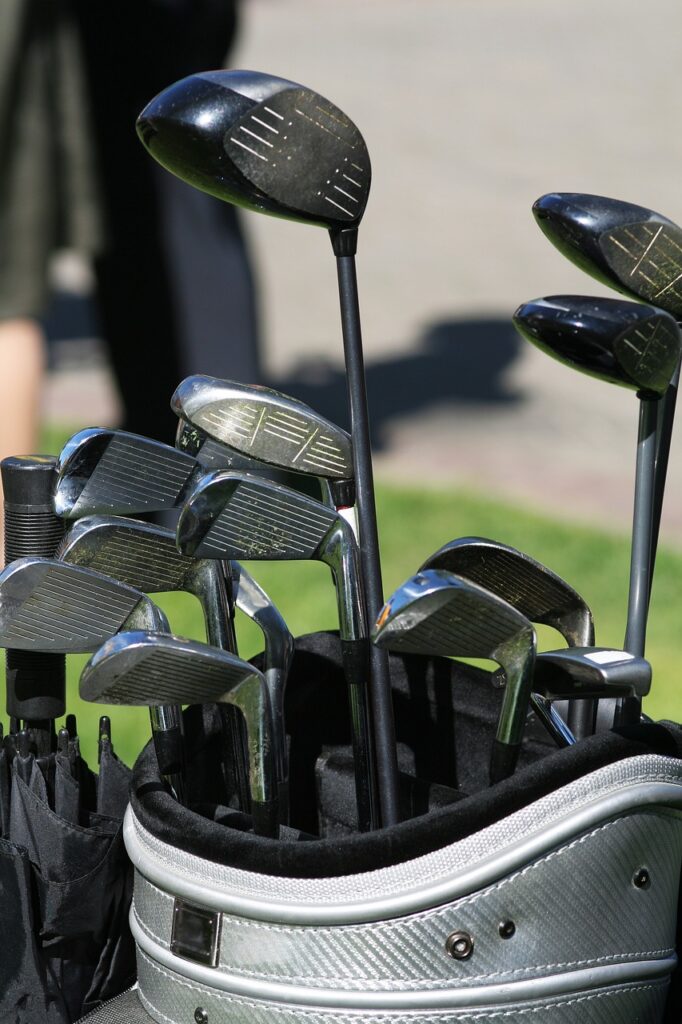
When it comes to golf clubs, there are several key factors to consider: club type, material, shaft flex, clubhead design, and grip. Understanding these basics will help you make an informed decision when purchasing your golf clubs.
Club Type: Drivers, Irons, Woods, and More
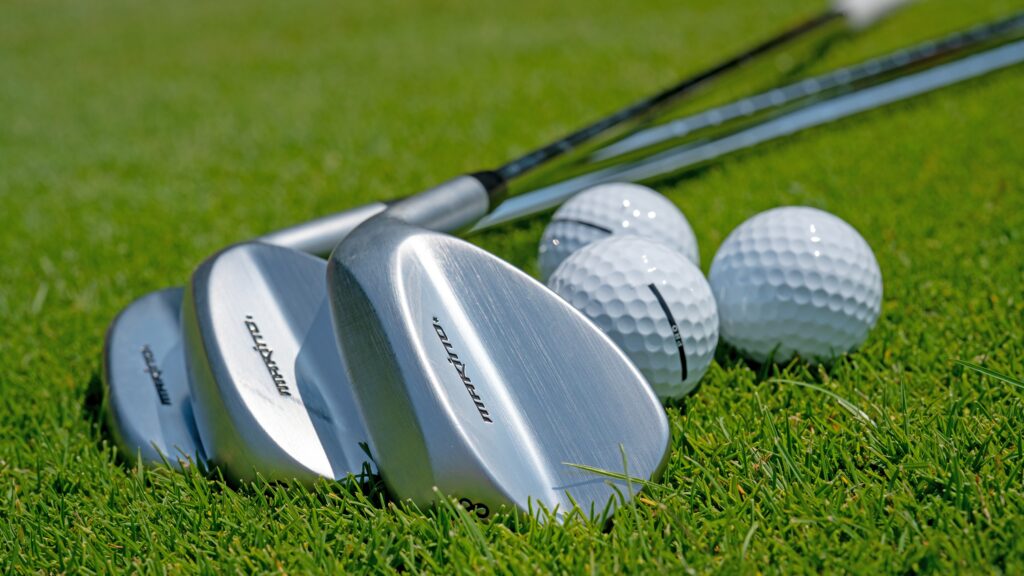
Golf clubs can be categorized into different types based on their purpose and design. The main types of clubs include drivers, irons, woods, hybrids, wedges, and putters.
Drivers
Drivers, also known as 1-woods, are designed for long-distance shots off the tee. They have a large clubhead and a longer shaft, allowing you to achieve maximum distance.
Irons
Irons are versatile clubs used for various shots on the fairway and around the greens. They come in numbered sets, typically ranging from 3-iron to 9-iron. The lower-numbered irons have less loft and are used for longer shots, while the higher-numbered irons have more loft for shorter, higher shots.
Woods
Woods are designed for long shots from the fairway or rough. They have larger clubheads and are primarily used for distance. Common woods include 3-woods and 5-woods.
Hybrids
Hybrids, also known as rescue clubs, are a combination of irons and woods. They have a design that combines the features of both, offering forgiveness and ease of use. Hybrids are particularly useful for shots in challenging situations, such as hitting out of the rough or fairway bunkers.
Wedges
Wedges are specialized clubs used for shots around the greens. They have higher lofts and are designed to help you achieve precise control and accuracy on shorter shots. Common types of wedges include pitching wedges, sand wedges, and lob wedges.
Putters
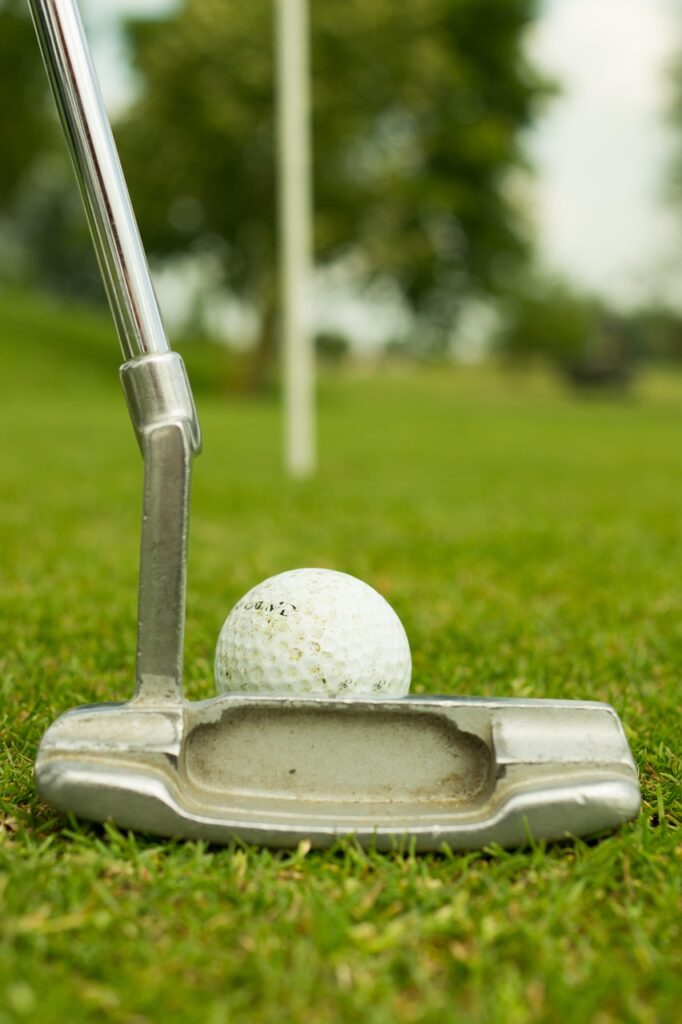
Putters are used on the green to roll the ball into the hole. They have a flat clubface and are designed for accuracy and control. Putters come in various shapes and sizes, allowing golfers to choose one that suits their putting style.
Material, Shaft Flex, Clubhead Design, and Grip
The material, shaft flex, clubhead design, and grip are additional factors to consider when selecting golf clubs. Here’s a brief overview of each:
Material
Golf club heads are typically made of steel, titanium, or a combination of both. Steel clubheads offer durability and control, while titanium clubheads provide lighter weight and increased forgiveness.
Shaft Flex
The shaft flex refers to the amount of bend in the shaft when swung. The three main categories of shaft flex are stiff, regular, and senior. Stiff shafts offer less flex and are suitable for golfers with fast swing speeds, while regular and senior flexes provide more flex for slower swing speeds.
Clubhead Design
Clubhead design includes features such as perimeter weighting, cavity backs, and muscle backs. These design elements affect forgiveness, control, and the overall feel of the club.
Grip
The grip is the part of the club you hold in your hands. It’s essential to have a comfortable and secure grip for optimal control and feel. Grips come in various sizes and materials, allowing golfers to choose one that suits their preference.
Selecting the Right Golf Clubs
Now that you understand the basics of golf clubs, it’s time to delve deeper into the process of selecting the right clubs for your game. Here are some key factors to consider:
Assess Your Skill Level
Your skill level plays a significant role in determining the type of clubs you should purchase. If you’re a beginner or high-handicap golfer, forgiving clubs with a larger sweet spot and more game-improvement features can be beneficial.
On the other hand, experienced golfers with lower handicaps may prefer clubs that offer more control and workability.
Get Fitted by a Professional
Getting a professional club fitting can provide valuable insights into your swing characteristics, which can guide you in choosing the right clubs. A club fitting involves analyzing your swing speed, swing path, launch angle, and other factors to recommend clubs that optimize your performance.
Consider Your Swing Style
Understanding your swing style is crucial for selecting the right shaft flex and clubhead design. Golfers with a faster swing speed may benefit from stiffer shafts, while those with slower swing speeds may find regular or senior flexes more suitable.
Additionally, golfers with a more aggressive swing may prefer clubhead designs that offer greater workability and control.
Test Multiple Clubs
Don’t be afraid to try out different clubs before making a purchase. Many golf retailers and courses offer demo clubs that you can test on the driving range or even on the course. Testing multiple clubs allows you to compare performance, feel, and overall comfort, helping you make an informed decision.
Seek Recommendations and Reviews
Researching online reviews and seeking recommendations from fellow golfers or golf professionals can provide valuable insights into specific club models and brands. Look for reviews that align with your skill level and swing characteristics to ensure you’re considering clubs that are suitable for you.
FAQs about Buying Golf Clubs

What is the difference between steel and graphite shafts?
Steel shafts are generally heavier and offer more control, while graphite shafts are lighter and provide increased distance. The choice between the two depends on your swing style and personal preference.
Should I buy a complete set of golf clubs or individual clubs?
Buying a complete set of golf clubs is a convenient option for beginners or golfers who want a matching set. However, more experienced golfers may prefer to select individual clubs based on their specific needs and preferences.
How often should I replace my golf clubs?
There is no set timeframe for replacing golf clubs. However, as technology advances and your game improves, you may consider upgrading your clubs to take advantage of new features and performance benefits.
Can I use clubs that are not the latest models?
Absolutely! While the latest models often come with technological advancements, older models can still perform well. Consider your budget and prioritize clubs that suit your game rather than solely focusing on the newest releases.
Is it necessary to get custom-fit golf clubs?
Custom-fit golf clubs can provide additional comfort, control, and performance benefits. If you have the opportunity and budget, getting custom-fit clubs tailored to your swing characteristics can be advantageous.
How much should I spend on golf clubs?
The price range for golf clubs varies greatly depending on the brand, model, and quality. It’s important to set a budget that aligns with your commitment to the sport and your personal preferences. Remember, quality clubs can enhance your game, but they don’t have to break the bank.
Conclusion
Selecting the right golf clubs is a crucial step towards improving your game and enjoying your time on the course.
By understanding the basics of club types, materials, shaft flexes, and other factors, you can make an informed decision that suits your skill level, swing style, and preferences.
Remember to assess your needs, seek professional guidance, and test out multiple clubs before making a purchase. Happy golfing!


